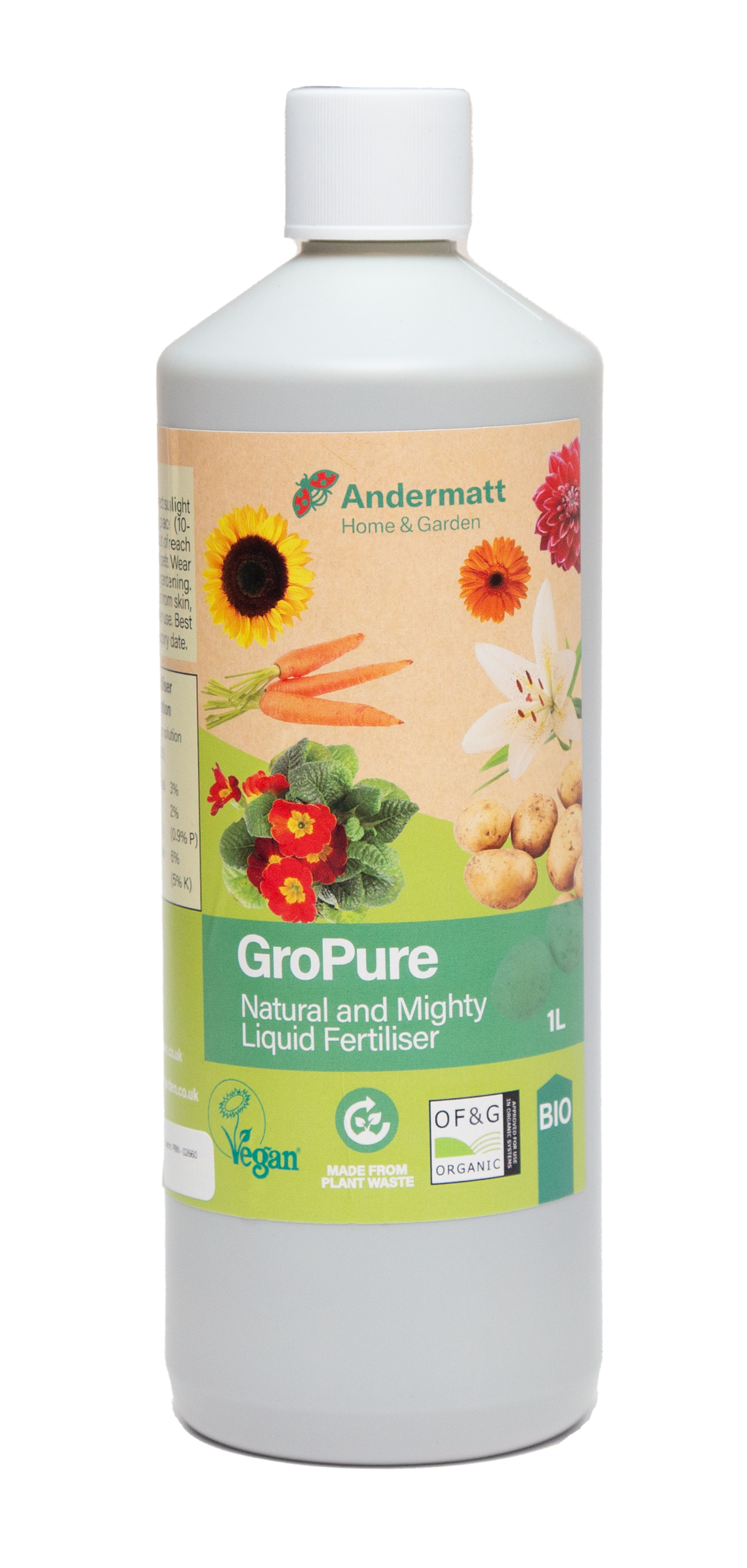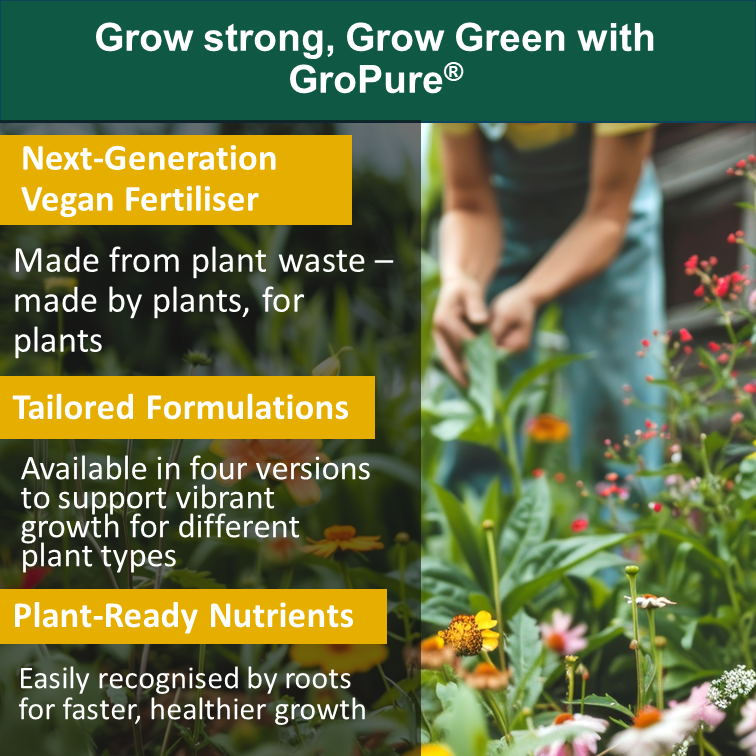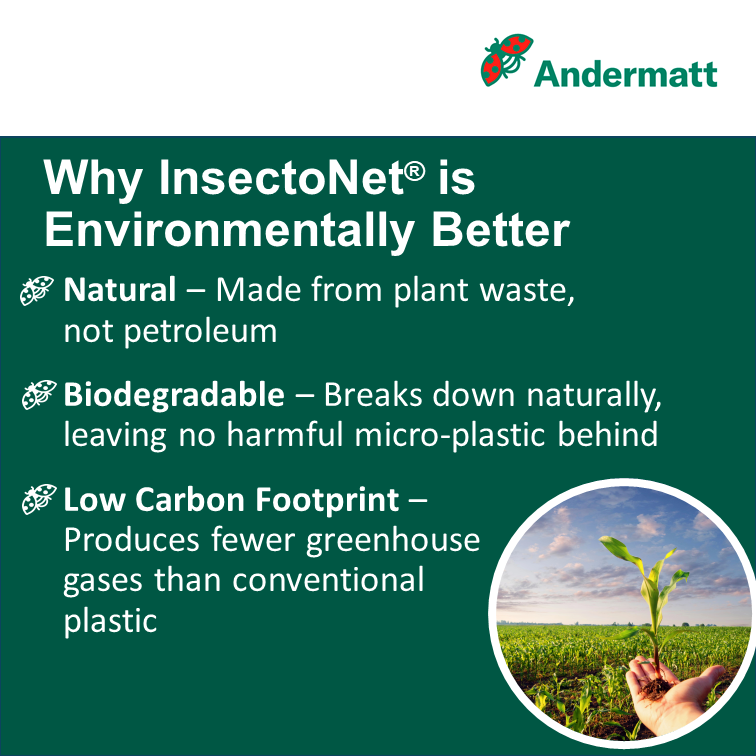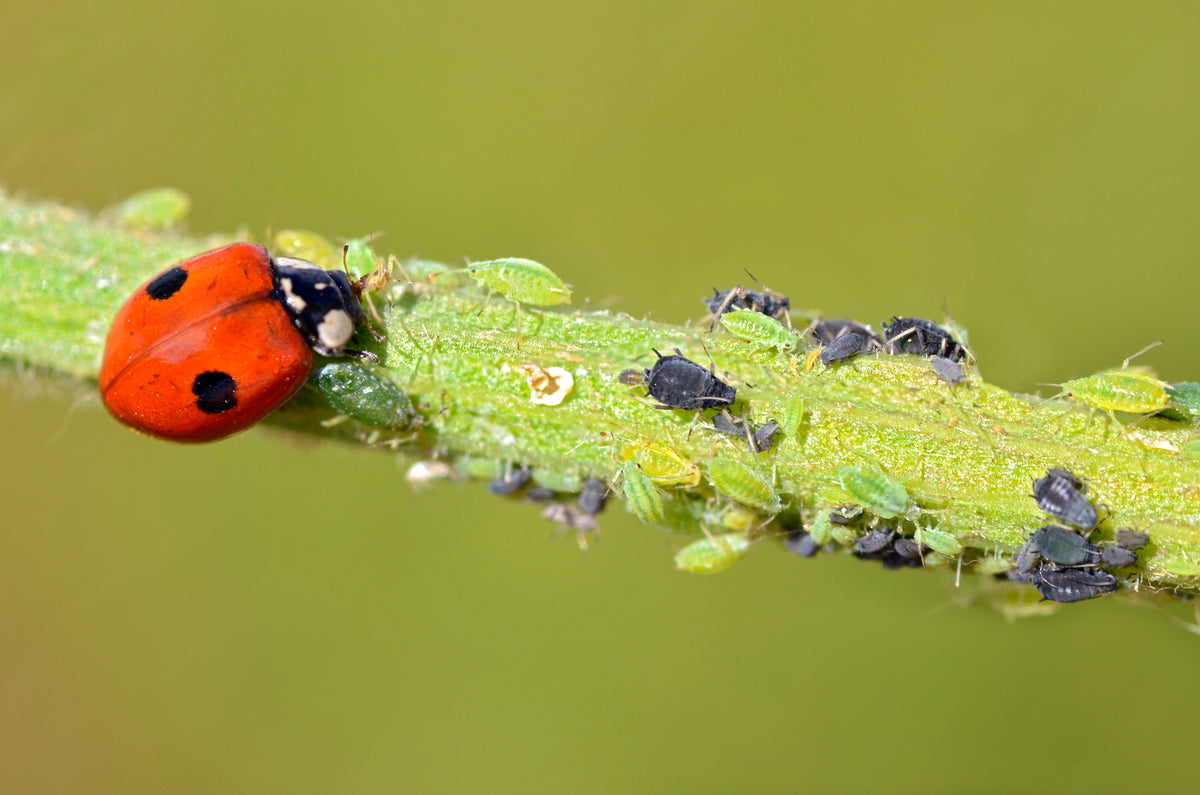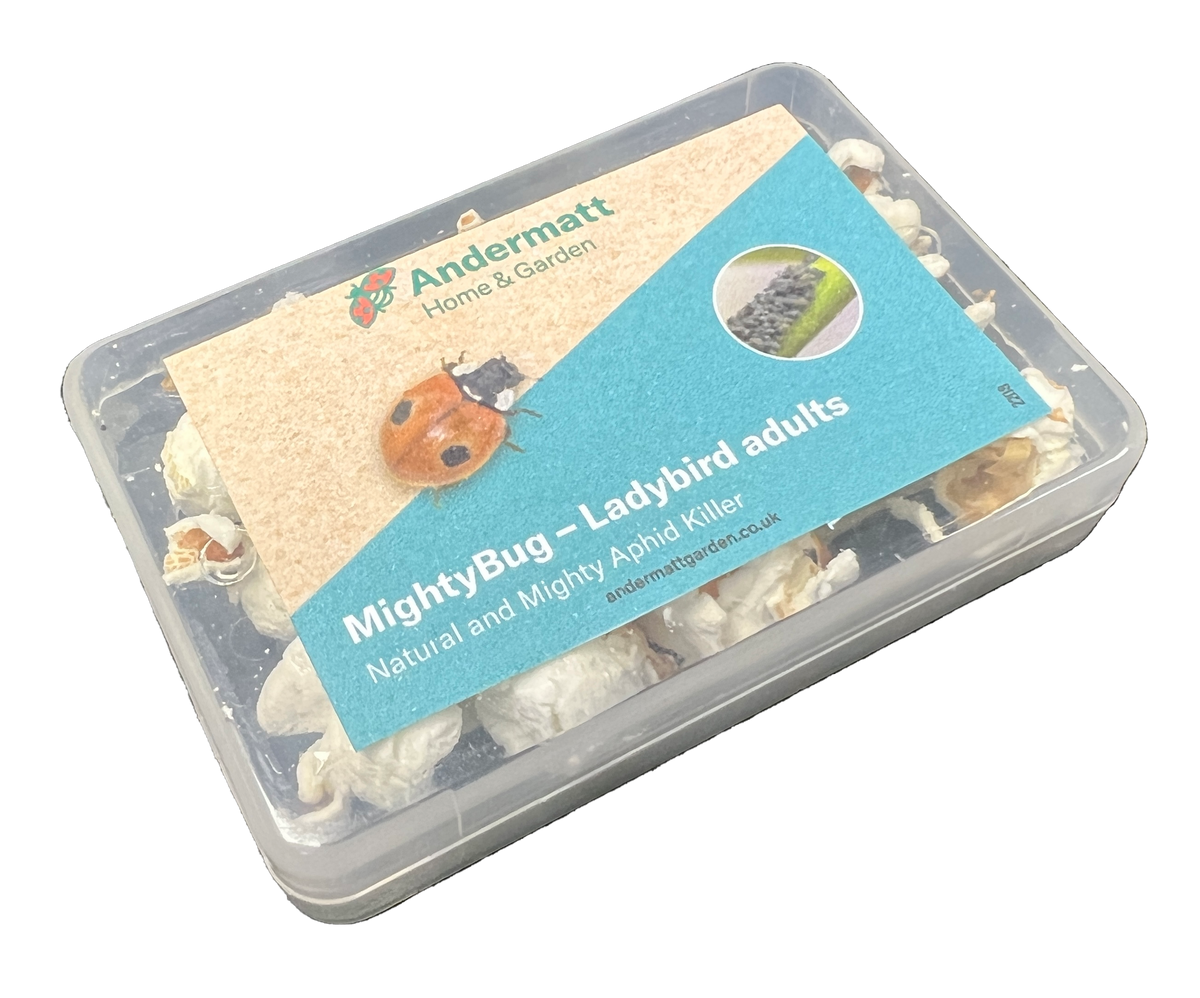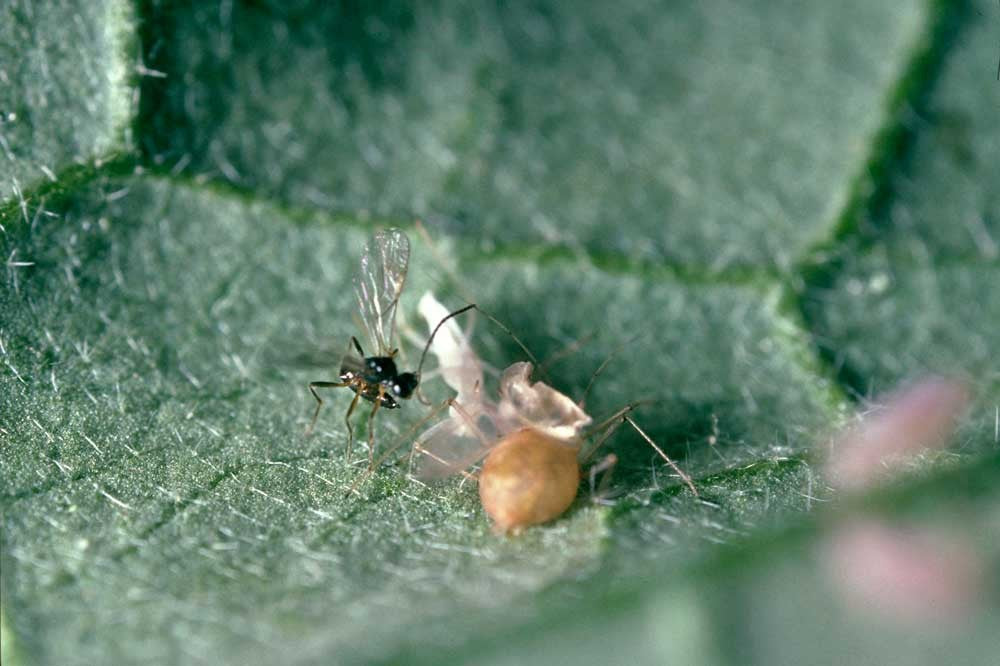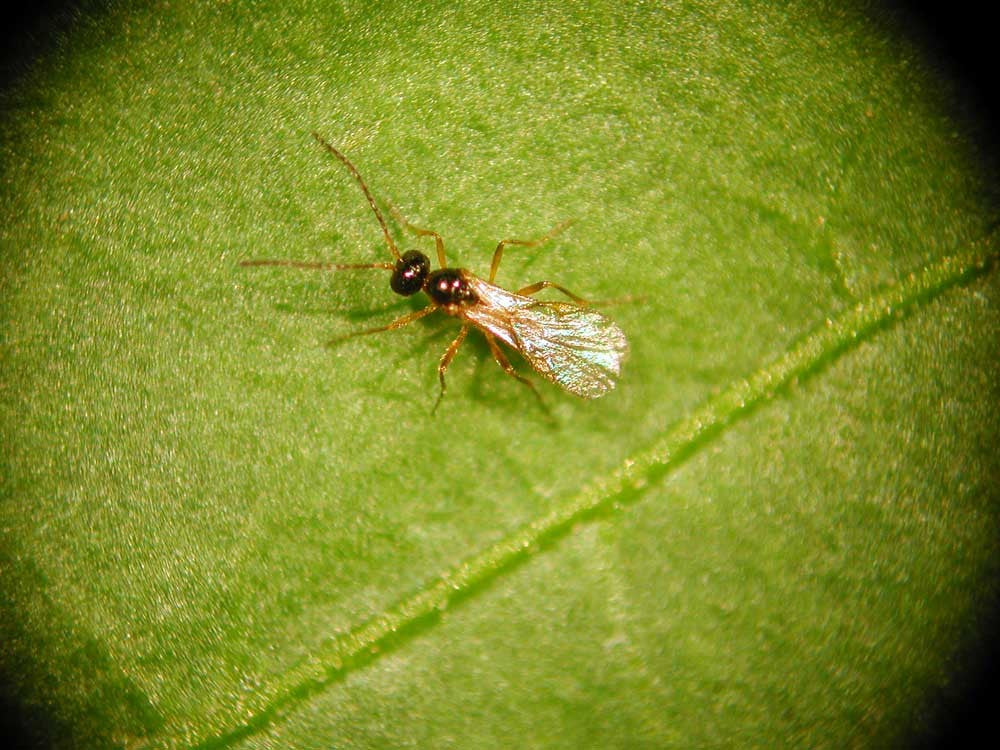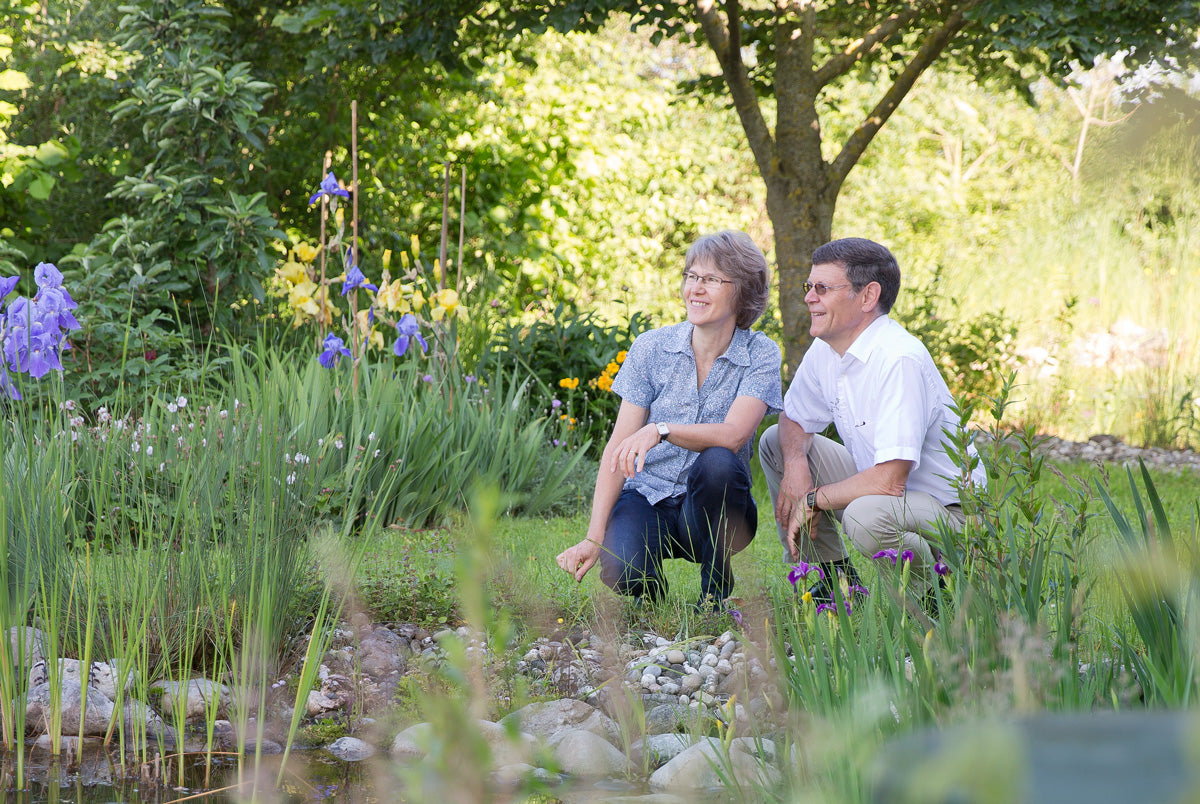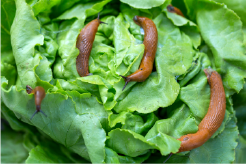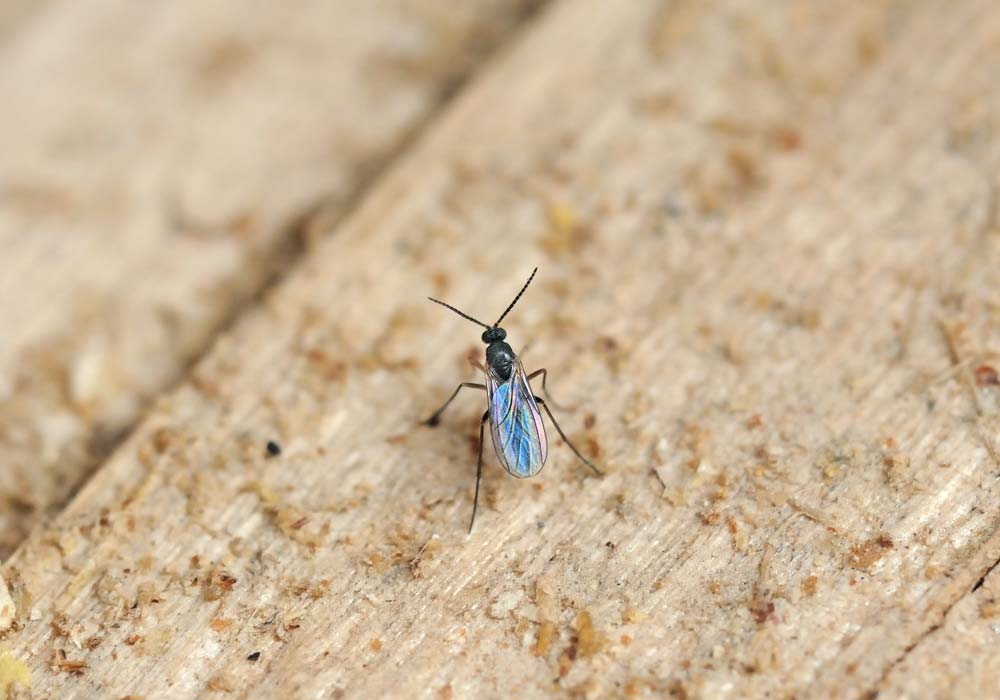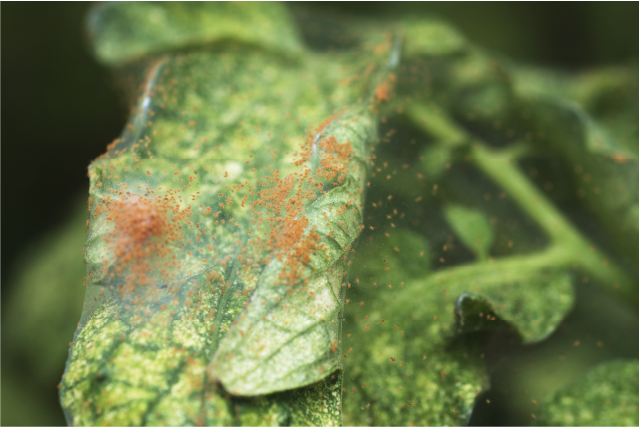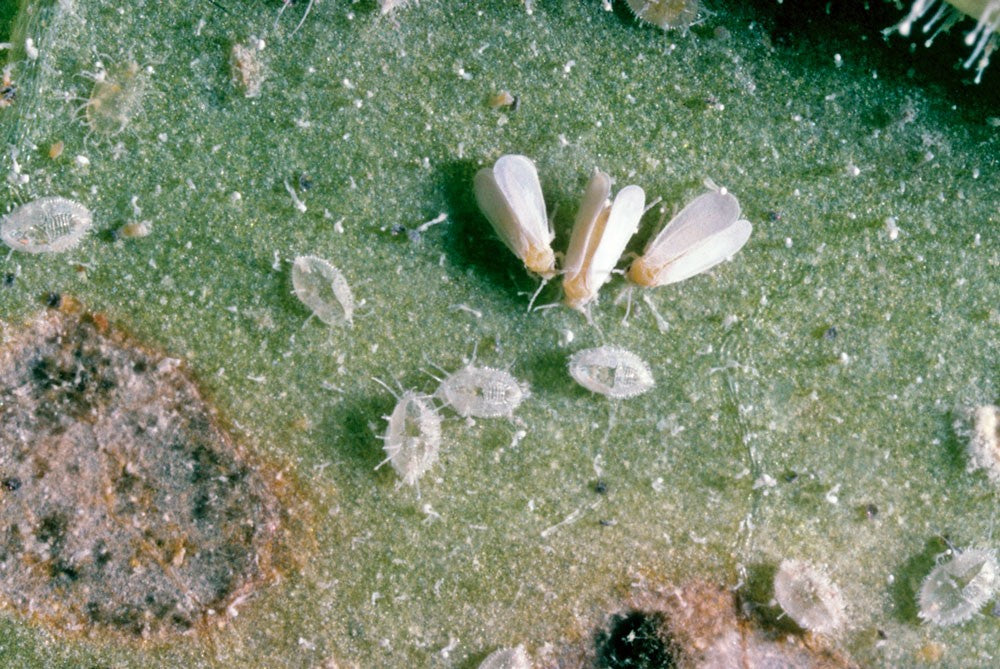
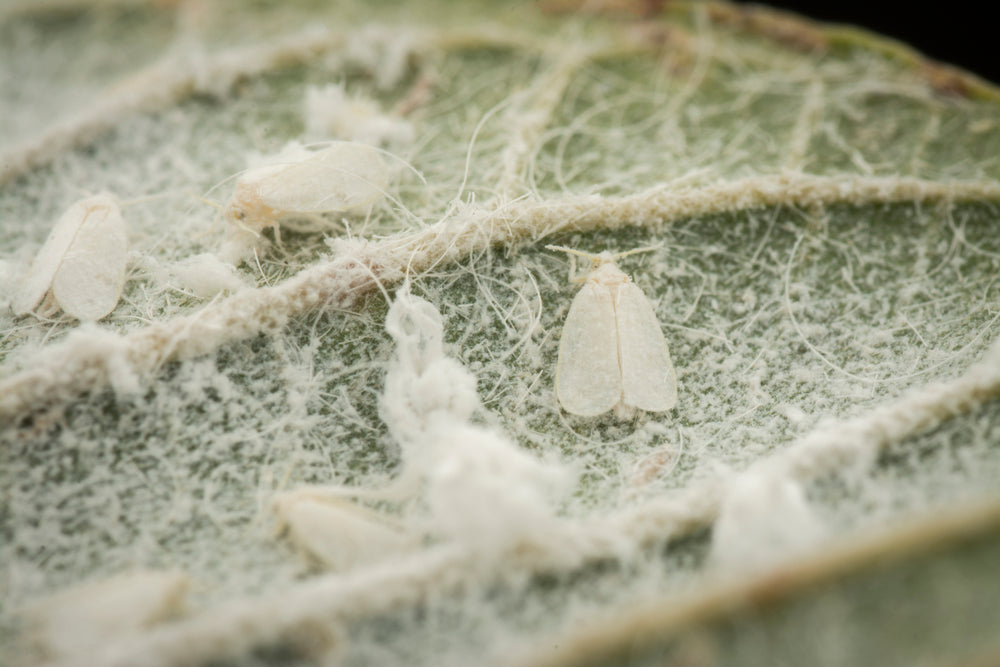
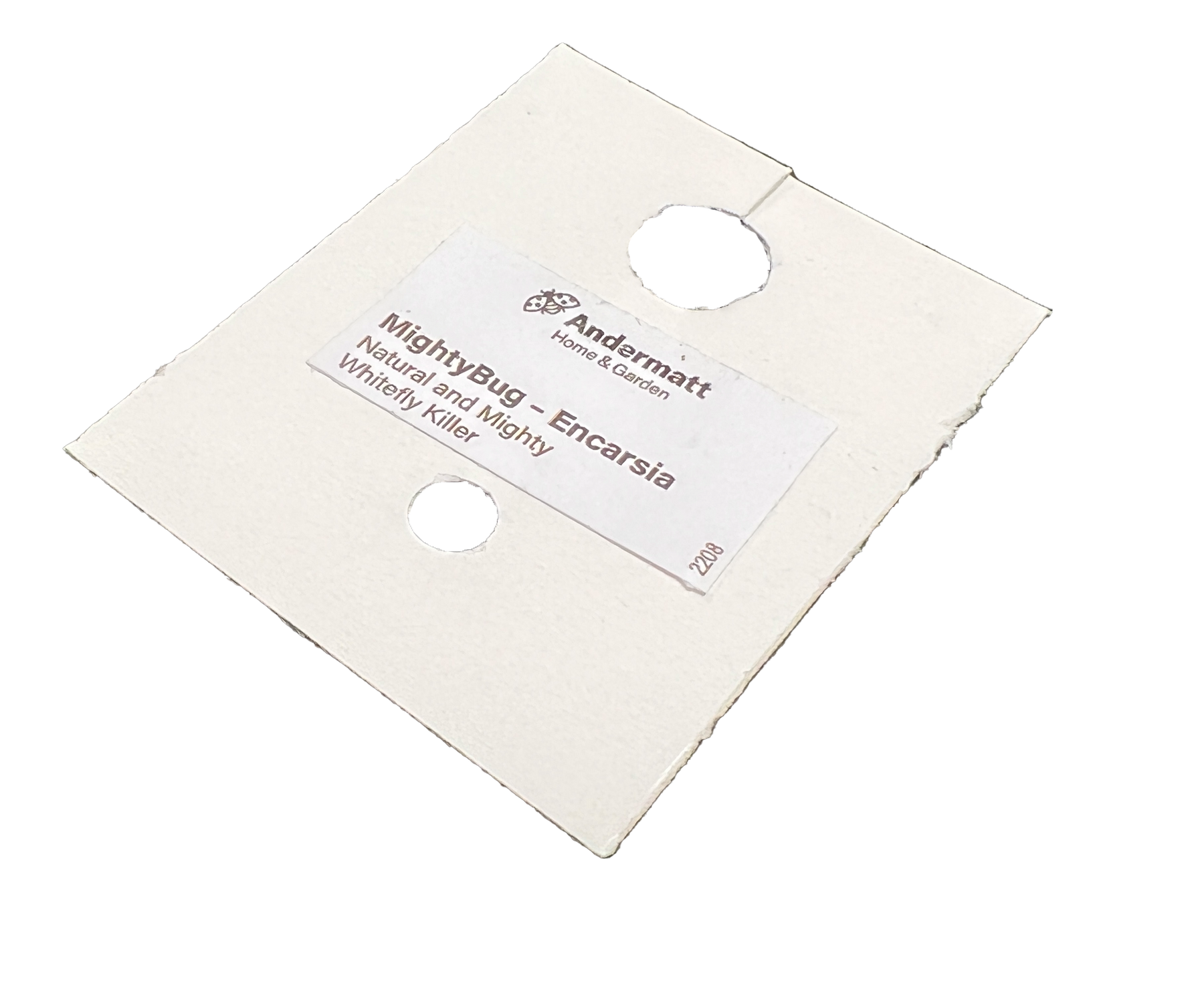
Andermatt Home & Garden
MightyBug - Encarsia WhiteFly Killer
Free shipping on orders £30 and over
*MightyBugs are dispatched on Thursdays.
MightyBug – Encarsia contains a parasitoid wasp (Encarsia formosa) which hunts and kills whitefly. The Encarsia beneficial insects will fly around searching for whitefly which are typically found hidden on the underside of leaves on a wide range of garden flowering, fruit and vegetable plant. Distributed within the plant canopy Encarsia will emerge from the cards they arrive on and parasitise larvae and pupae of whitefly species commonly found on plants grown in the UK indoors and in greenhouses. Encarsia can also kill Brassica whitefly (Aleyrodes proletella) which can be found in UK on outdoor brassica vegetables such as cabbages, Brussels sprouts and kale.
MightyBug – Encarsia come as a white card with a hanger designed to allow the wasp card to be hung from leaves of plants in the area to be treated. The MightyBug - Encarsia cards are simply hung within the plant and left with no maintenance required.
MightyBug – Encarisa should be applied at a rate of 1 card per 10 square meters.
One pack treats either 50, 100, 200 or 500 square meters depending on pack size.
- MightyBug - Encarsia containing 5 cards treats 50 sqm
- MightyBug - Encarsia containing 10 cards treats 100m sqm
- MightyBug - Encarsia containing 25 cards treats 200m sqm
- MightyBug - Encarsia containing 50 cards treats 500m sqm
When is it best to use?
|
J |
F |
M |
A |
M |
J |
J |
A |
S |
O |
N |
D |
The parasitic wasp requires temperatures of 17°C to be active. In unheated greenhouses, this would typically mean it is suitable for use April to October. In heated greenhouses or indoors it can be used year-round as long as temperatures are suitable.
The problem:
Especially in greenhouses, whitefly are a common UK pest or ornamental flowers, fruits and vegetables. Feeding on plant sap, they weaken the plants stunting growth and reducing the plants produce be it flowers or food. Whitefly also excrete honeydew as they feed which causes sticky deposits on leaf, fruit and working surfaces below them which also results in mould growth. Adult whitefly are highly mobile and can move into greenhouses or planted areas for surrounding, the reproduce rapidly.
Whitefly typically live on the underside of leaves. They are small white insects. Similar in size and appearance to aphids, whitefly can be distinguished by their white bodies and wings, also the adults taking to flight when disturbed whereas winged aphid adult tend to stay on the plant until directly disturbed.
The product:
MightyBug – Encarsia is a natural product containing beneficial parasitoid wasps to specifically control whitefly. Easy to use by simply hanging a card from a leaf, the card, the Encarsia wasps will hatch from the card then hunt the whitefly pest insects. Once a suitable whitefly larvae is located, an egg is laid within it. As the young Encarsia develops within the whitefly, the whitefly dies. The dead whitefly turns black over the coming weeks, making it easy to observe your MightyBugs doing their job.
The Encarsia wasps are tiny, and as with all of the MightyBug range, are safe for children, pets, wildlife and the plants you are lovingly tending.
How to use:
As with all MightyBug predators, use immediately upon receipt. Fresh is best!
MightyBug – Encarsia are flying parasites, ensure you are in greenhouse where you plan to release them before opening the pack to ensure any MightyBugs ready to go from the start are released where you intend to use them.
The Encarsia are located within the recess circle in the middle of each card. Do not touch this when handling to avoid harming the developing wasps.
Separate the individual cards from each other by tearing along the perforated joins.
Use the hanger on the card to hang the card from a leaf or branch in the middle of the plant. Ensure the card is not in contact with the growing media around the base of the plant. The card should be hung so that it is shaded from direct sunlight and kept dry.
Distribute the cards evenly around the area you are looking to protect. If you have too many cards for the area to be used in, using more cards than recommended will not cause a problem.
Encarsia wasps will start to emerge immediately, with most emerging within the first 3 days but some may take up to one week from introduction. Cards should be left in place for at least one week. if longer protection, preventative control or management of a high whitefly population required repeat applications every 7 days are recommended.
The parasitic wasp requires temperatures of 17°C to be active. In unheated greenhouses this would typically mean it is suitable for use April to October. In heated greenhouses or indoors it can be used year-round as long as temperatures are suitable.
After application the beneficial parasitoid wasps will disperse across the area you have released them in. If there is sufficient prey within the area they will stay, otherwise they will move away to hunt for whitefly elsewhere.
MightyBug – Encarsia will only control larvae and pupae life-stages and therefore will not control adult whitefly. To help control these pests and break the pest lifecycle by targeting multiple stages of their development, yellow sticky traps can be used to catch and kill adult whitefly.
Chemical compatibility. We recommend not using chemicals which are known to harm mites or small insects at the same time as MightyBugs. Chemical pesticides often are not specific in what they kill and they can harm beneficial insects at the same time as the pests they are being used against.
| Store | Do not store, use immediately after receipt. |
| Shelf life | Use immediately after receipt. |
| Use |
Can be used year-round in protected or indoor environments where temperatures are at least 17°C. MightyBug - Encarsia containing 5 cards treats 50m^2 MightyBug - Encarsia containing 10 cards treats 100m^2 MightyBug - Encarsia containing 25 cards treats 200m^2 MightyBug - Encarsia containing 50 cards treats 500m^2 |
| Important information | Contains living organisms. Use immediately after receipt. |
| Active substance and content | Product contains Encarsia formosa. This is a species found naturally in the UK. |
| Product size |
You may also like
FAQ
about the product





